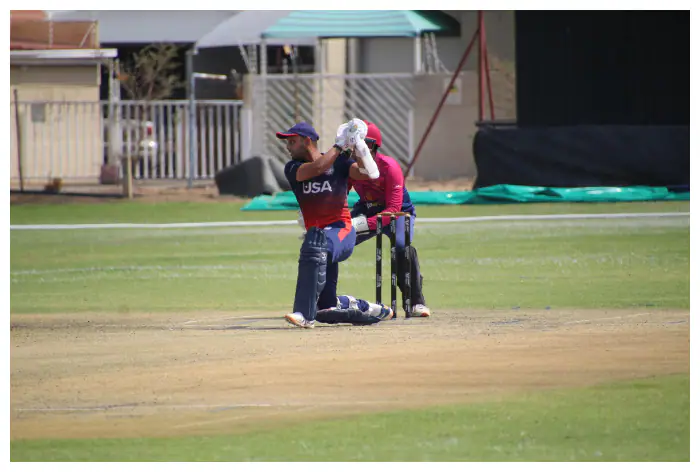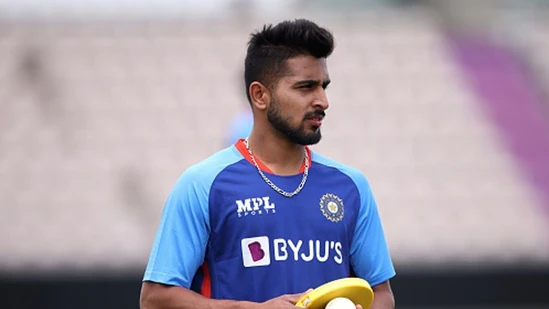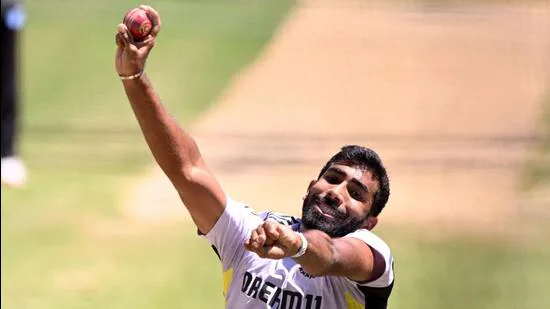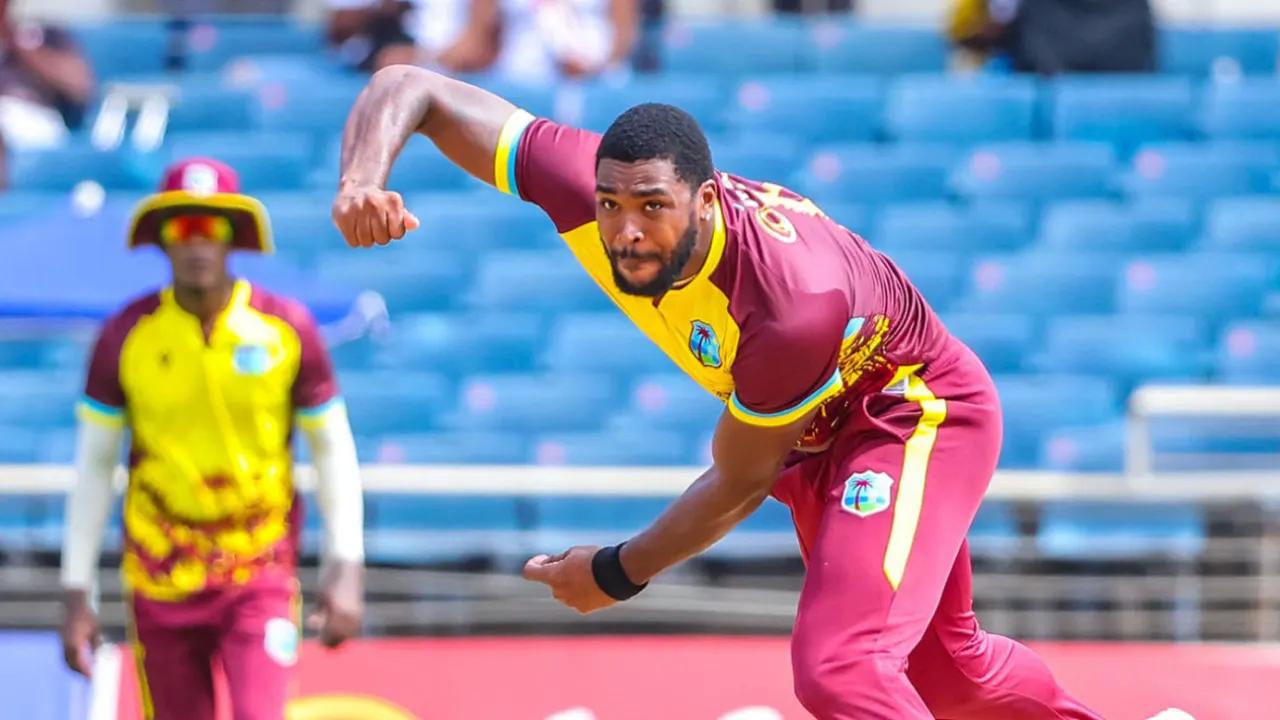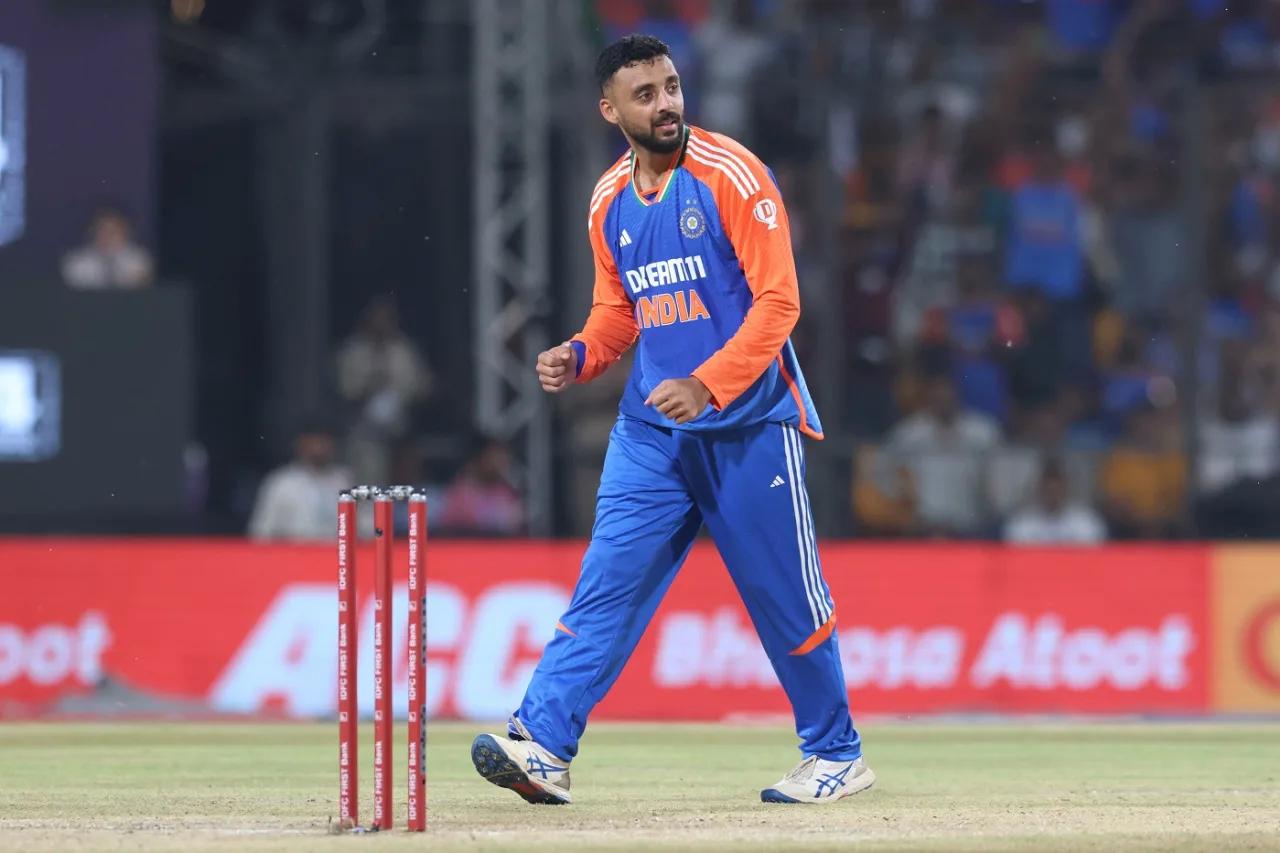Nayar: 'In such conditions, the game can be flipped upside down'
The unexpected defeat to Sri Lanka in the second ODI may have caught many by surprise, but the unpredictable cricket conditions certainly played a role. Abhishek Nayar, India's assistant coach, admitted that he, like everyone else, had not seen Sri Lanka emerge victorious against India in recent times. Despite the disappointing result, Nayar shared his insights and key learnings from the match.
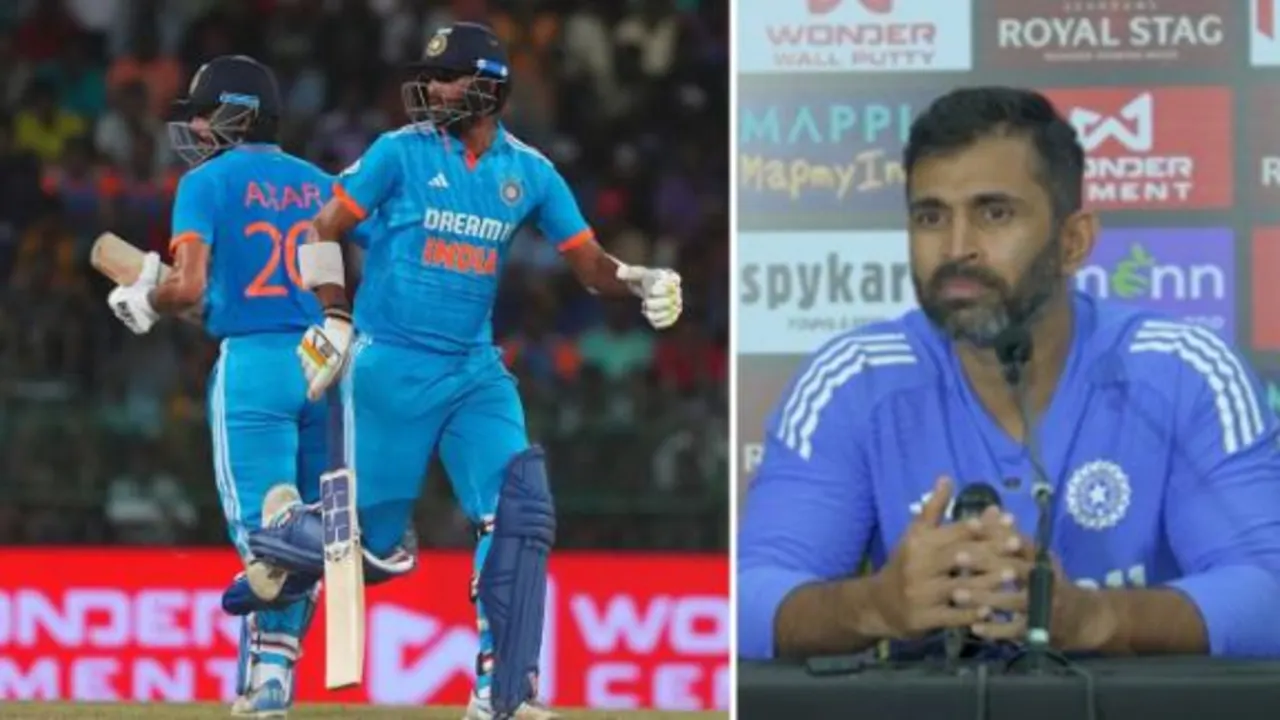
He also pointed to opposition spinner Jeffrey Vandersay's excellent lengths, and Sri Lanka's tenacious lower order batting as reasons for the defeat. For the second match in a row, the pitch took substantial turn, enabling even less-proficient spin bowlers to become threats.
Related
Vandersay six-for gives SL first ODI win over India in three years
Vandersay brings the vibes back for Sri Lanka
"Was it a shock? I would say yes, there is a surprise," Nayar said. "But you anticipate and understand that in these conditions the game can turn on its head because there is so much spin on offer.
"Even if you look at the last game, it was relatively easy to score against the new ball. As the ball got older, the conditions when batting second got slightly tougher. Sometimes in tough conditions, especially in the 50-over format, this happens.
"We want to go back and understand, and rectify, why it happened twice in a row. The day before yesterday, we were able to stitch partnerships. But today we lost quite a few wickets in a bundle."
That bundle of wickets came between overs 14 and 24, when India lost their six wickets - all against Vandersay - for 50 runs. Vandersay had the ball turning big from the outset, as many of India's spinners also did. But he bowled tight lines too, and kept batters pinned in the crease with his lengths and flight.
"They bowled well - I think Vandersay bowled the ideal length in these conditions," Nayar said. "In such conditions, when the ball is turning - and the way Vandersay bowled today, used his finger, and bowled stump to stump - you get these phases when there is assistance from the pitch. I feel today we should give more credit to Sri Lanka."
India faded dramatically after a fast start to the chase
•
AFP/Getty Images
When batting, Sri Lanka had been 136 for 6, and potentially looking at a score under 200. But for the second match in a row, Dunith Wellalage produced arguably Sri Lanka's best innings, hitting 39 off 35 balls from No. 7. Then Kamindu Mendis, a batting allrounder who frequently bats as high as No. 4, also struck 40 off 44 at No. 8. Sri Lanka clambered their way up to 240 for 9, which always seemed a serious score on this pitch.
"When you are batting first, there is less pressure," Nayar said. "When you are chasing, the pressure is more because you have to keep an eye on the run rate, wickets. Whenever you bat first, you often have partnerships. Wellalage batted really well, both in the last game and this game. They scored important runs in the lower order."
India's own mixing up of their batting order - Shivam Dube pushed up to No. 4, Shreyas Iyer down to No. 6, and KL Rahul at No. 7 - Nayar did not believe was especially radical. Safeguarding a left-right combo at the crease was what they were trying.
"My belief is that in any sport, position only matters if you're playing in different areas of a game. We lost wickets in the middle phase, and that's where the middle order batters batted. It's not as if middle order batters batted towards the end.
"If you look at numbers like four, five, or six, maybe sometimes it can play games in your head. It was more about keeping a left-and-right combination, keeping in mind that there were offspinners, and a legspinner in the Sri Lanka team.
"The thought process was right. When it doesn't work out, these questions are asked often. But I've always believed that if a middle order batter bats as a middle order batter, it is the right decision."
RELATED STORIES
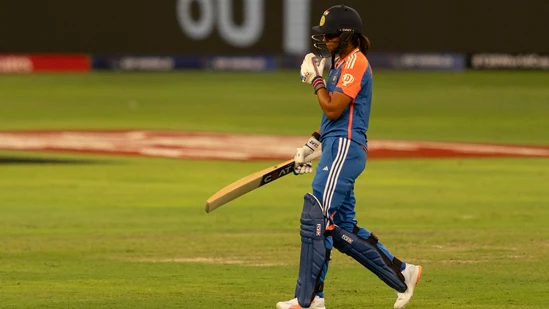

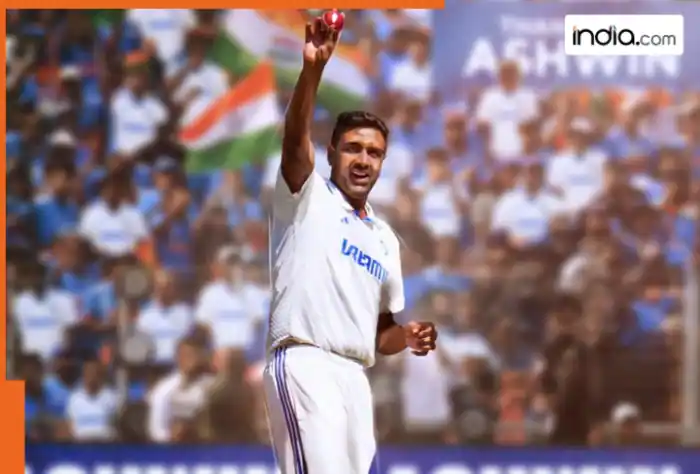



LATEST NEWS
